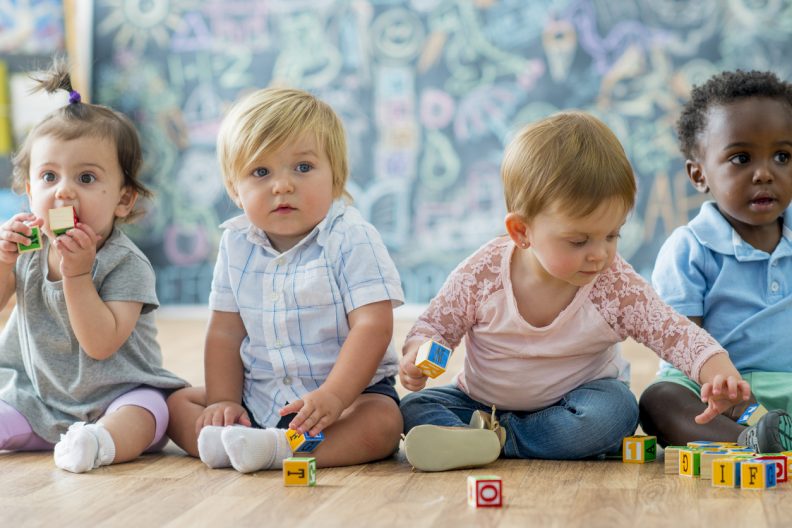…higher percentage of middle class than of working class respondents were found in this group (ranging from 38% of group A to 13% of group D). 13% of respondents from…

Over 1 in 5 A-Level students missed more than 20 days of school due to Covid-19 in run up to exams this year
…with 64% of university applicants saying they were worried about their grades, compared to 58% saying the same in 2021. Applicants from working class backgrounds were more likely to be…

Equity of Access: Early childhood education as universal entitlement
In the next blog in our A Fair Start series, International Montessori Institute Director Nathan Archer explores equity in the early years education system. Since the initiation of universal free…

A Fair Start? The case for early years reform
…The frustration for me is they only serve to create artificial differences in a sector that simply needs to be more united. I’ve spent the past 10 years working directly…

Ten things we need from the Education Recovery Plan to boost Social Mobility
…drama, clubs and societies – all have a part to play. It’s a win-win combination because essential life skills such as confidence, motivation, resilience and communication are also associated with…

A look at the apprenticeship landscape
…background at different apprenticeship levels. Just 13% of degree apprenticeships come from neighbourhoods in the bottom fifth of deprivation, with over twice as many (27%) coming from the most advantaged…
